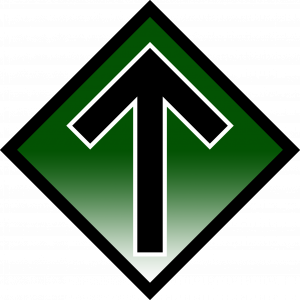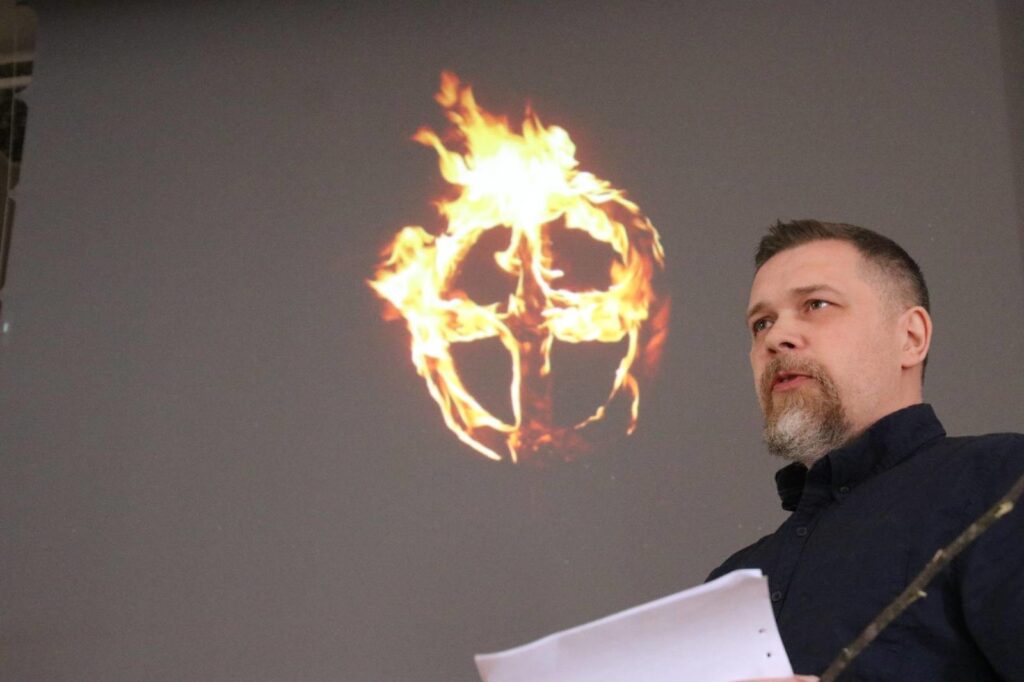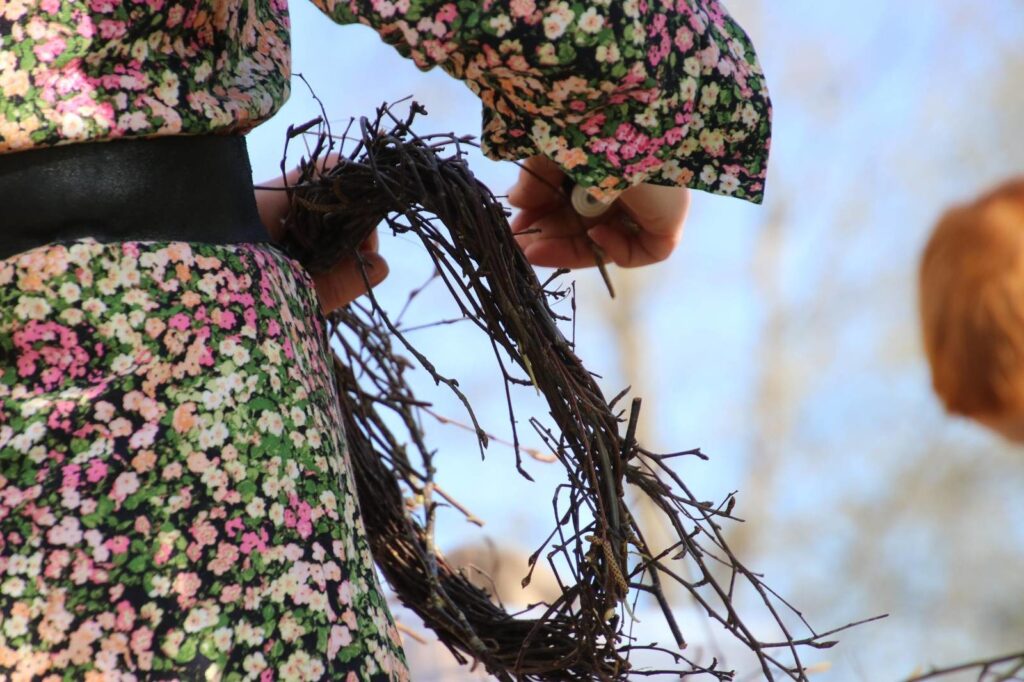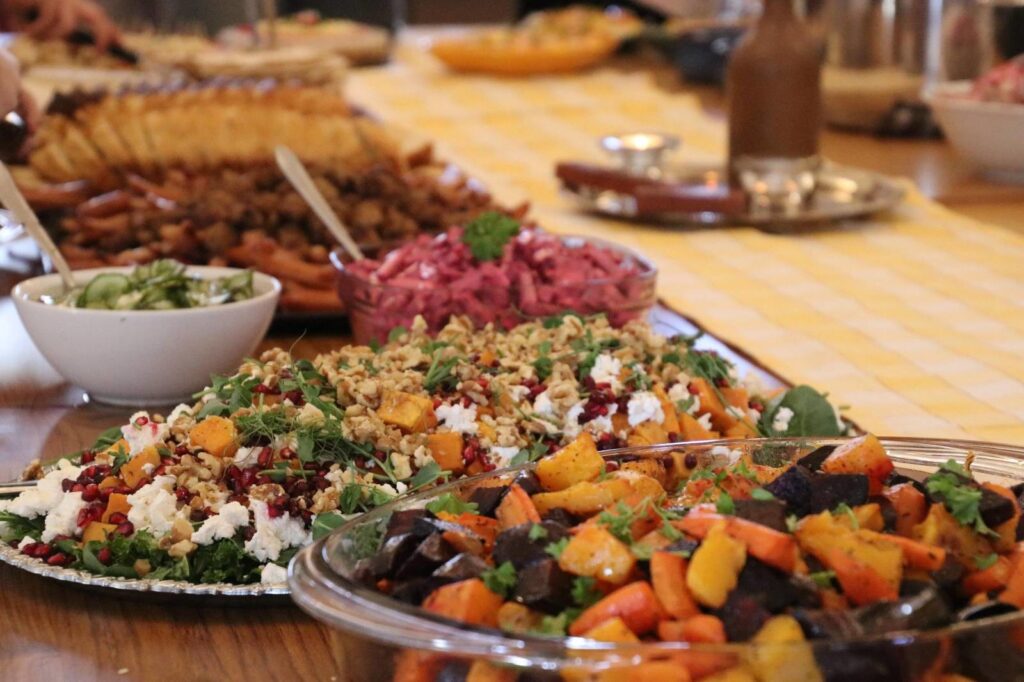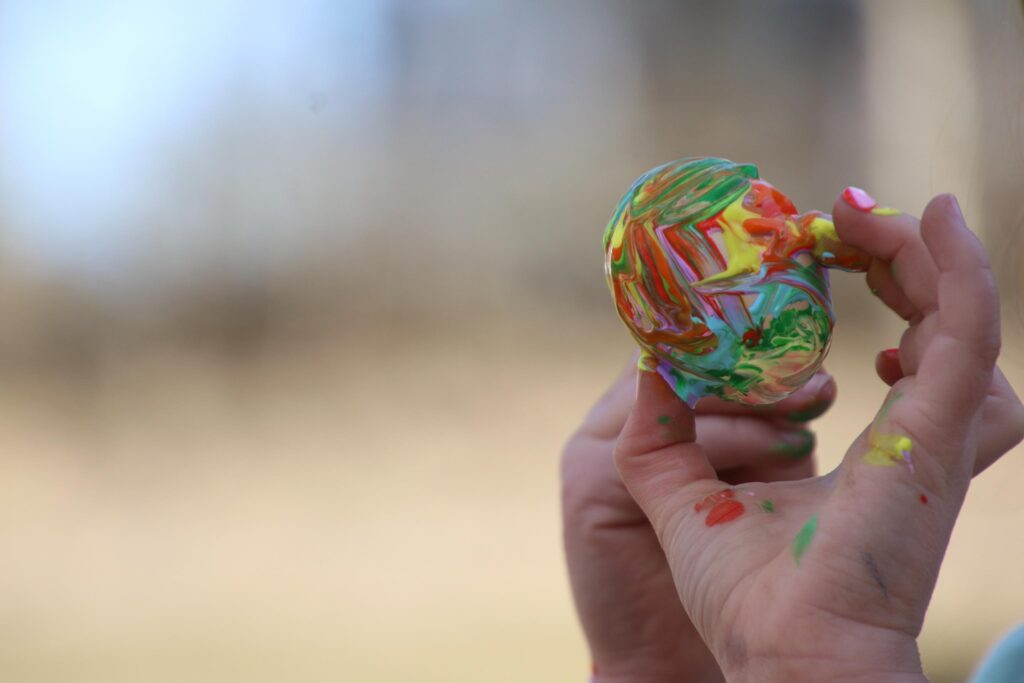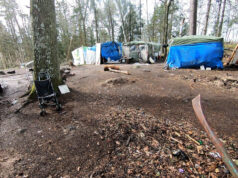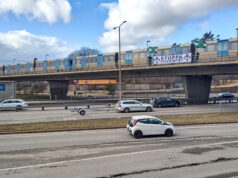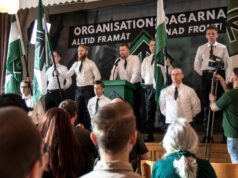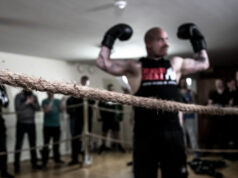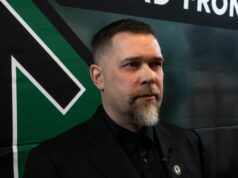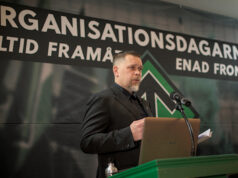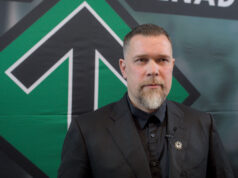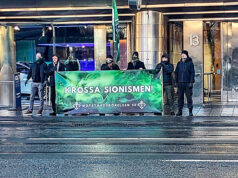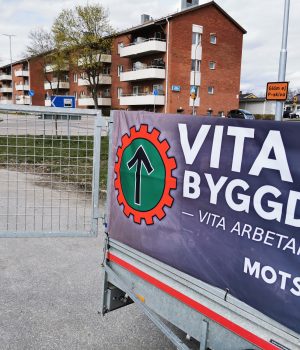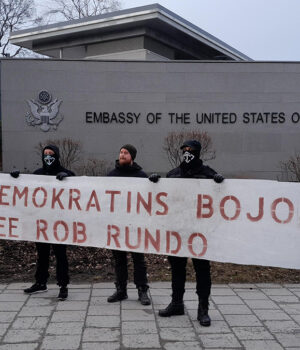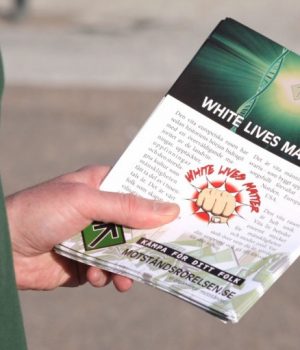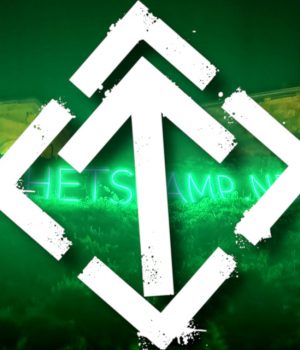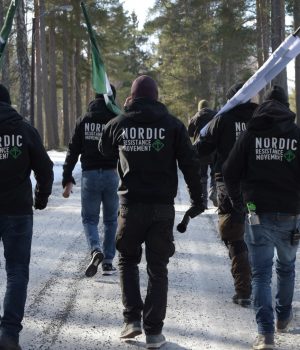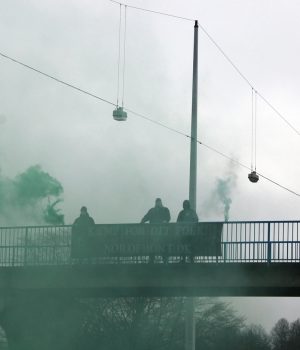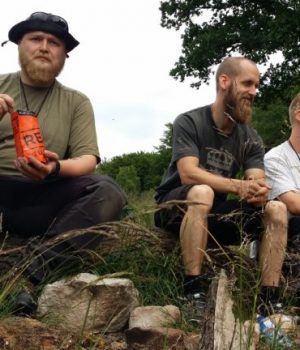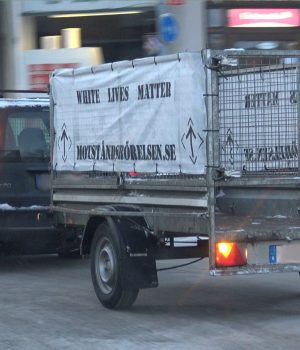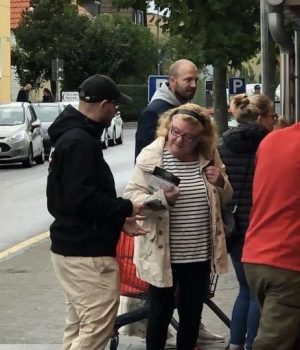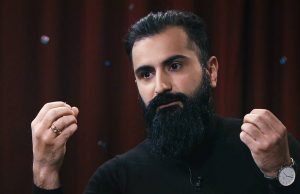RESISTANCE MOVEMENT. Fredrik Vejdeland gave a speech for children and adults during the recent Ostara celebration in Sweden’s Nest 2.
Nest 2 arranged an Ostara celebration on Easter weekend with activities for both adults and children, with a particular focus on the latter. It was a full day of events, including festive games, a quiz walk, a sizable buffet and a market selling handicrafts and locally produced food.
“It was the best event of this kind that has been organised in the Nest since Nordic Days 2020,” said Fredrik Vejdeland.
“Well planned, many cultural activities and possibly the tastiest and most well-prepared buffet I have ever eaten.”
Vejdeland gave a talk that was primarily aimed at children. About twenty children were present to listen to what he had to say about Ostara and the origins of Easter.
So both the event and the speech were aimed at children? Why was that?
Yes, exactly. Or rather, children and adults, but with the greater focus on children. I spoke on the theme of the day – Ostara – which is our people’s original Easter holy day. The aim is to strengthen a sense of identity in young children, who have been taught in school that they have nothing to be proud of because of their origins, that all progress comes from abroad and that they are to blame for other people’s shortcomings.
The goal of those in power is to deconstruct our children from a young age; our goal must be to strengthen them and build them up. We can do this partly by telling them about their history, myths and festivals.
Ultimately, it can be said that both the cultural and biological struggles are just as important as the political.
So what was the talk about more specifically?
I talked about the four major holy days in the four seasons of the year – Midsummer, the autumnal equinox, Yule and of course Easter – and why these were important to our ancestors. Easter, or Ostara, is the holy day upon which we celebrate the return of the sun and can sow and grow crops again. Ostara is a Germanic goddess of spring, probably connected to our own Nordic goddess Freya, who is a symbol of the sun and fertility and was celebrated with large fires and dances. I also talked about the Easter Hare, Easter eggs and Easter witches and what they signify.
I used several sources, but the most helpful was Jacob Grimm’s work Teutonic Mythology, which I have in its English translation. Grimm had a lot to say about Easter witches, which he described as “radiant mothers” and “maidens clothed in white”, who danced around the sacred fires on Ostara and were then subjected to a campaign of vilification and persecuted for refusing to stop celebrating the old holy day.
What I wanted to highlight above all else was our ancestors’ celebration of nature and the sun, family and people.
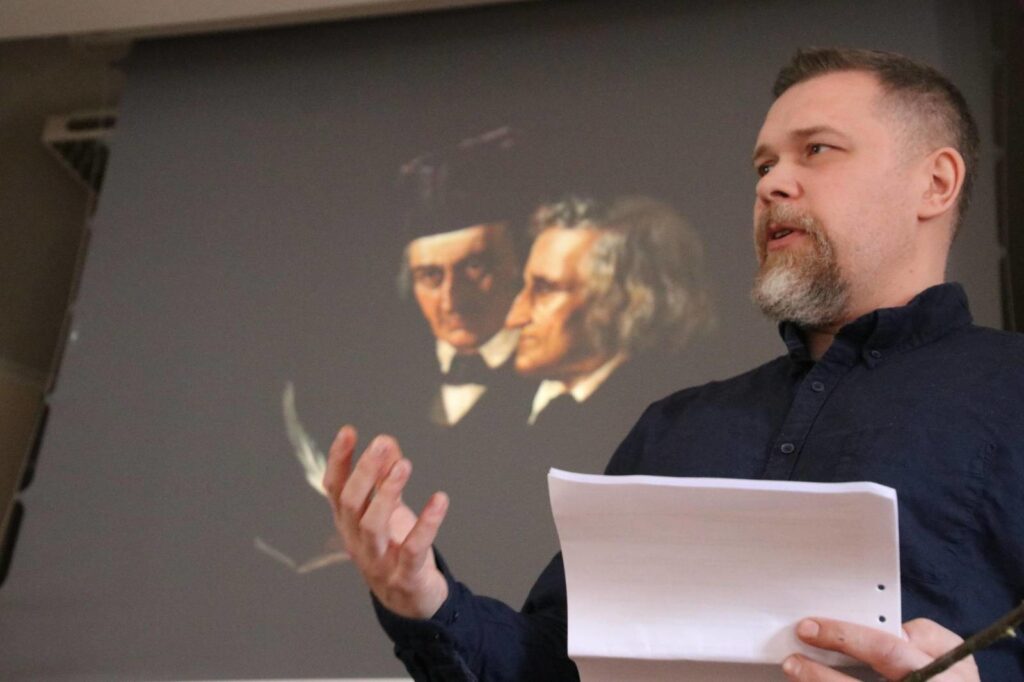
How was it giving a speech for children?
Difficult, but fun! When the audience consists of young children, older children, teenagers and adults, it’s hard to find a level that allows you to speak to everyone. I revised the speech several times to avoid talking too long or using overly advanced words, while also ensuring it wasn’t too childish or dumbed down. I tried to use a little humour and refer to a few things children know about, such as Snow White and Cinderella when I was talking about Grimm’s interpretations. I’m pretty satisfied because no one fell asleep, and both the children and adults seemed to be receptive to it. However, I noticed it was a little too advanced for the young children, so I hope we can recruit a good storyteller for the smallest of those among us in the future.
Will there be more activities for children?
Yes, the idea is to hold four big celebrations during the year, with Midsummer being the second. My goal is to give talks at all of these festivals. To those reading this who want to take part, it’s something I really recommend. There will be good food, pleasant company and activities in the true Nordic spirit.

